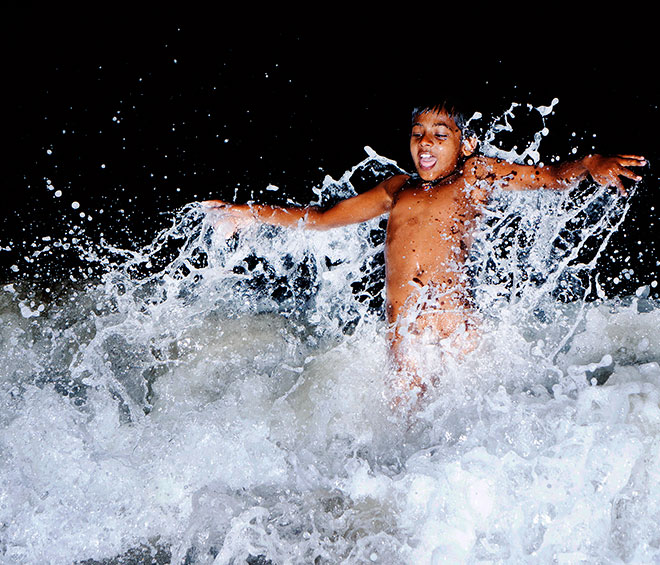
Sohrab Hura, The Coast, 2019 (detail). Image copyright Sohrab Hura.
by SKYE ARUNDHATI THOMAS
Sohrab Hura bleaches out intimacy with the flash of his camera as an act of tenderness. He approaches small moments, private moments, and gently upturns their secrets. This is true most of all with the images in his new book, The Coast (2019) – self-published under his own imprint Ugly Dog Books – in which he travels along Indian coastlines, both east and west. But the coastline is a metaphor for things that are hanging together too thinly: we are on the verge of something here, something explosive.
This feeling of being on the verge pervades Hura’s work. He keeps us in limbo, wanting us to hover over scenes lightly, to consider them with care and to look at them twice – or maybe a few times. Hura would like us to change our minds. Many of the images that appear in the book are also part of the work The Lost Head & the Bird (2017), of which there are 12 versions. The work is a projection set (sometimes) at a breakneck speed (at other times, it is slower) – where images and found footage from viral WhatsApp videos flash before us. Hura wants us to look at the images in a continuous line. His work accelerates our relationship to images and, in doing so, shakes up the comforts of what we look for in them – narrative is upturned and flung out the window, form fluctuates wildly, as does the position of its maker, who just wants to show us how his relationship to the world is complicated and fluid, and not always in his control.
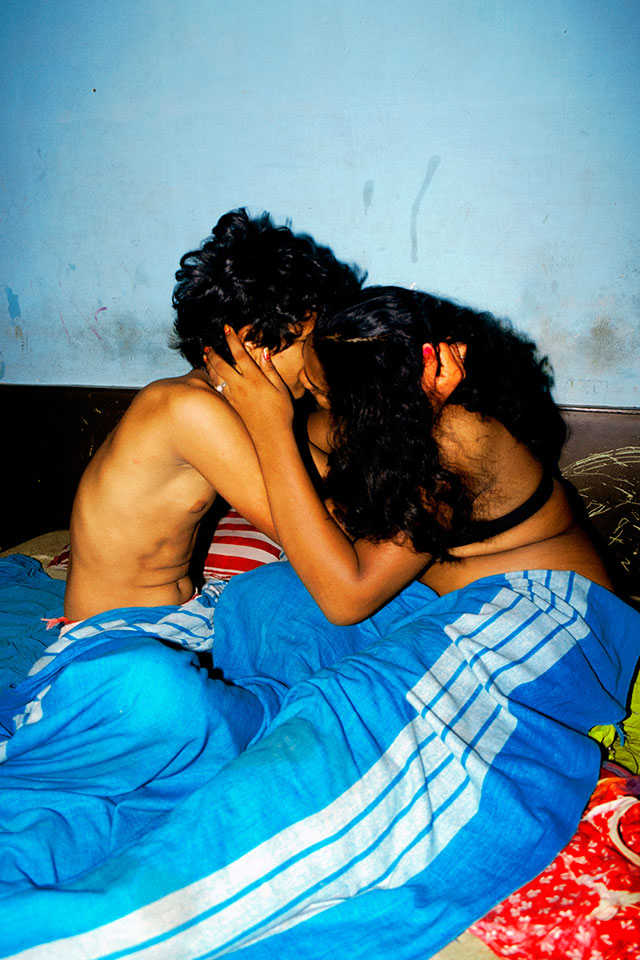
Sohrab Hura, The Coast, 2019. Image copyright Sohrab Hura.
The Coast begins with a short story written by Hura. In it, Madhu has lost her head: “An obsessive lover had stolen it while she had fallen asleep to the rumble of the waves outside.” She feels through her house for it; her crow has escaped its cage; and she attaches an ear borrowed from her sister to her shoulder (“her right shoulder, the more auspicious side”). She ruminates on her “long and boring” day: an “idiot photographer” had visited her, wanting to photograph her and “all the wonderful and vicious things that happened along the Indian coastline”. Madhu rubs the sweat off her body and thinks about what a foolish quest this is. The idiot photographer is Hura himself – the voyeur looking at Madhu, hunting for the stories of the coastlines – a foreigner with “a strange accent”. Perhaps the idiot photographer is also us, the viewers, joining Hura on this journey, hooked to his premise, looking in all the places we are not accustomed to being in ourselves.
Hura, 37, was born in Chinsurah, West Bengal, and now lives and works in New Delhi. He is an associate member of Magnum Photos. The Lost Head & the Bird won the fluentum collection award at Videonale 2019 at the Kunstmuseum Bonn, and has been shown at Peckham 24, London, Kettle’s Yard in Cambridge and Photo Kathmandu. Hura showed work at the 10th Shanghai Biennale in 2014 and at the Experimenter Gallery in Kolkata with the solo Sweet Life in 2017.
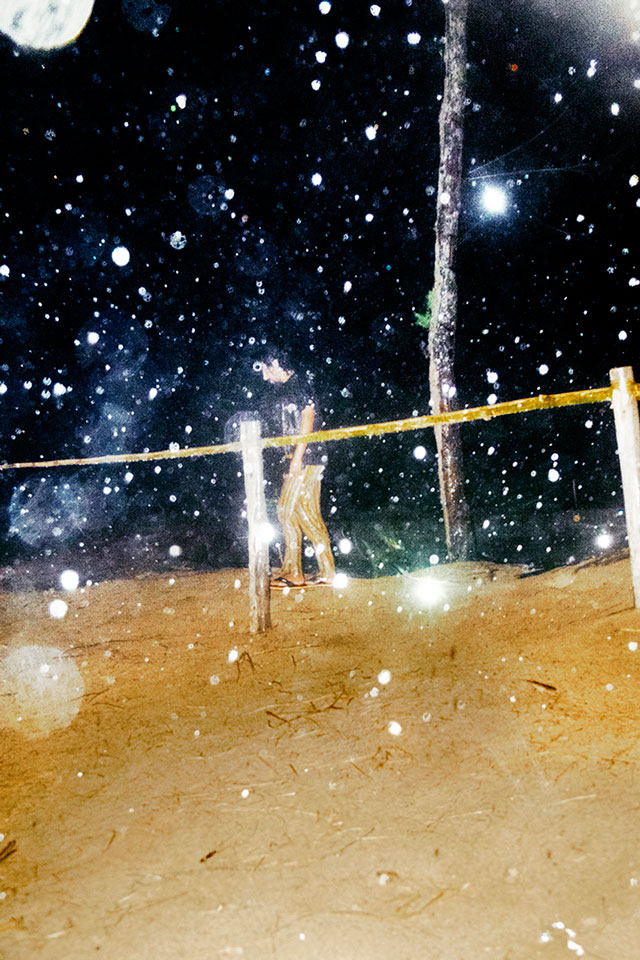
Sohrab Hura, The Coast, 2019. Image copyright Sohrab Hura.
His publishing imprint, Ugly Dog Books, has produced several books, including Life is Elsewhere (2015) and Look It’'s Getting Sunny Outside!!! (2018), which reflect on his mother’s schizophrenia. In 2018, Look It's Getting Sunny Outside!!! was nominated for the Paris Photo-Aperture PhotoBook of the year award. In October 2019, Hura will open his first solo museum exhibition at the Cincinnati Art Museum, titled The Levee: a Photographer in the American South.
Skye Arundhati Thomas: Something very deep happens with The Lost Head & the Bird. The intensity and pace of the images completely unsettles the way in which we, as viewers, look at images. It has to do with association, how we build narrative or look for meaning. You seem to undo a lot of these expectations. Is this intentional?
Sohrab Hura: I am interested in the invisible departures from one image to another. In The Lost Head & the Bird, the narrative collapses simply because what was supposed to be “the story” is just the beginning, the base. The idea is to suck viewers in by dangling the promise of a coherent narrative, and then take them to a point of total incoherence. This incoherence is important to me: it is a reflection of the violent deluge of imagery that I feel I am living with every day.
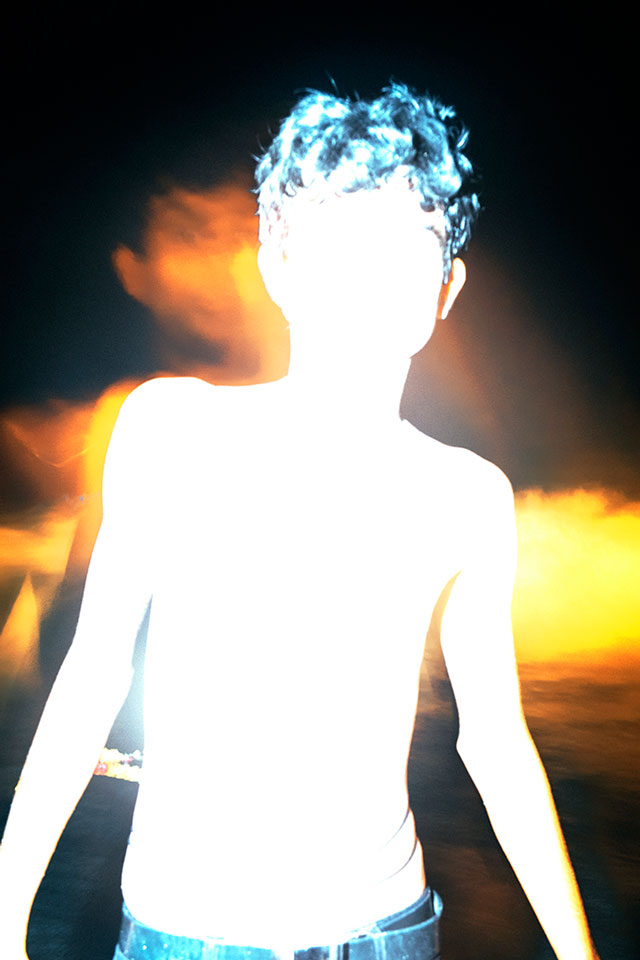
Sohrab Hura, The Coast, 2019. Image copyright Sohrab Hura.
SAT: I love this idea of using the bait of a coherent narrative to pull viewers into something that is actually going to destabilise narrative itself. It has a lot to do with trust, though. You have to earn the trust of your viewers to follow you where you want to take them.
SH: Even though I’m removing coherence in The Lost Head & the Bird, I’m still trying to get it to a place where people will understand what I am attempting to do. For this, I have to assume that an element of trust remains, even after we take off towards the incoherent place. This entails finding the right tone, the right pace, the right intensity, the right experience. I experienced something very particular while making The Lost Head & the Bird: when I first started, I was so sure of my politics. I was so sure of where I wanted to take the viewer, so sure of the story I had written. It was a “political” story. But the more I looked at it, the more senseless it became, and from that senselessness other meanings came out. I was consciously shifting and evolving my position, and struggling to find just one meaning in my own work. I realised that my relationship to the world is not so fixed. Sometimes, I’m totally pessimistic about it; sometimes, I feel there is a way out.
I think, for this reason, my first love is the projection: I like that the projection exists and then it disappears. The reading of it is very different as opposed to, say, a book, or a gallery show. I have a lot more control over the pace, and the pacing of the work is very important to me. I want to control how someone confronts my work, and at what speed. And each time I made a new edit of The Lost Head & the Bird – there are 12 versions in total – things changed, meanings changed and my objectives changed. But how do I address this complicated existence with just one work? So, it comes in these two different gestures, the projections, and then the book, The Coast. I hope that when people see the book, they see that it has a different intent altogether.
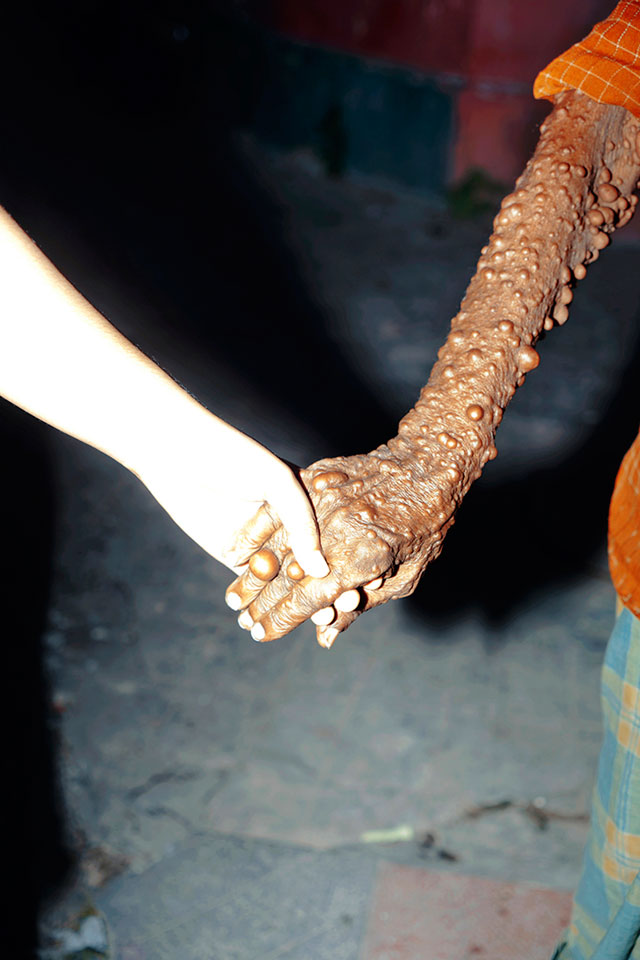
Sohrab Hura, The Coast, 2019. Image copyright Sohrab Hura.
SAT: Maybe the book is more interested in telling stories? The short story that opens The Coast is written with great clarity, and so beautifully, too. It sets the stage for what is to come with the images that follow. Compared with The Lost Head & the Bird, there is a calmer sense of narrative.
SH: Yes, it’s definitely a lot more settled. I’m looking at it more as a writer: I’m looking at metaphors and signs, and the flow is a lot more rhythmic. Rhythm allows the reader to pick up on the narrative, no matter how abstract. The Coast is a much slower, metaphorical book. The Lost Head & the Bird ends in a spiral, a deluge, but The Coast ends with images of the sea. They are taken in Kulasekarapatnam, a town in Tamil Nadu, during the Dasara festival. People are masquerading as different characters and everyone is in a state of trance – and later, they all jump into the sea to wash themselves. It was amazing: everyone in the sea, just letting go and experiencing heightened states of emotions, of all kinds. I think the book ends on a far more hopeful note than The Lost Head & the Bird, which takes you to a very direct, precise place, one that feels apocalyptic. Maybe the book and the projection both reflect my own dilemmas around the state of the world today.
SAT: Could you talk more about this spiral, this deluge? We are living in a time of a deluge of violent images. What is your process of approaching this violence with your work, especially when you are making photographs? You said to me once that there is even a violence to the way you photograph, to the way in which you move.
SH: The one thing I have always been very sure of is that my photographs can never be as real as the world they are trying to reveal. I think the more I look at my material, the more I realise its limitations, and, in a way, the insignificance of the photographs I make. Photography is all about movement for me. Or maybe even more, it’s about the residues of that movement. When I was making the images for The Lost Head & the Bird, even though people knew I was making these images – and we had talked about it, and I had their consent – in order to get these images, I had to move aggressively, even in a safe space. I think movements affect photographs, just as you affect the tone of your writing. I was also manipulating the situations, even if the work isn’t about being fiction in itself.
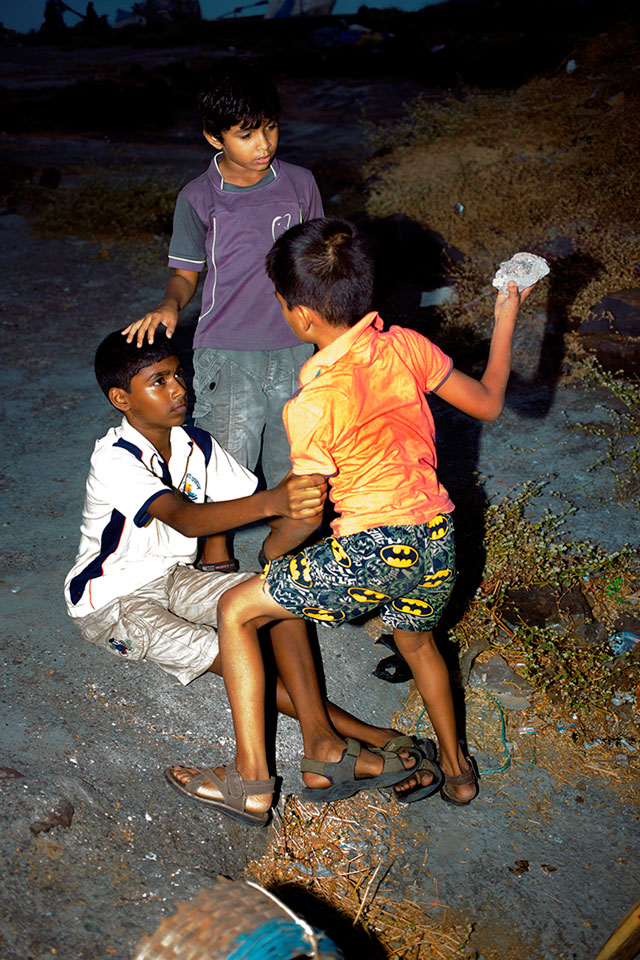
Sohrab Hura, The Coast, 2019. Image copyright Sohrab Hura.
A lot of people today champion the idea of photography being fiction, but, at the same time, the majority of viewers still expect photographs to reveal some sort of truth. I wanted to use this formal vocabulary of photography that existed before me, and then build on it, manipulate it and twist it across this rapidly widening range of expectations between truth and fiction. I think work has more credibility when you admit to the complexity of the way it’s made: it never just fits one vocabulary. So the idea of a “relook” is very important in this work. When you look at the world today, we are all reacting to things immediately and, by the time we react, we don’t even have the opportunity to reconsider our position – because the world has already shifted. And this pace is getting faster and faster and the space for us to reconsider things is shrinking.
The violence of images for me is not necessarily just in the deluge of violent images, but it’s part of something larger – maybe the complete overwhelming stream of images that hits us every day – violent or not. I think the violence is more to do with us not really having the chance to really think about images any more. So, with each version of the work, people are pulled in different directions. Some are pulled towards the violence, some towards absurdity, some towards history, some towards contemporary politics.
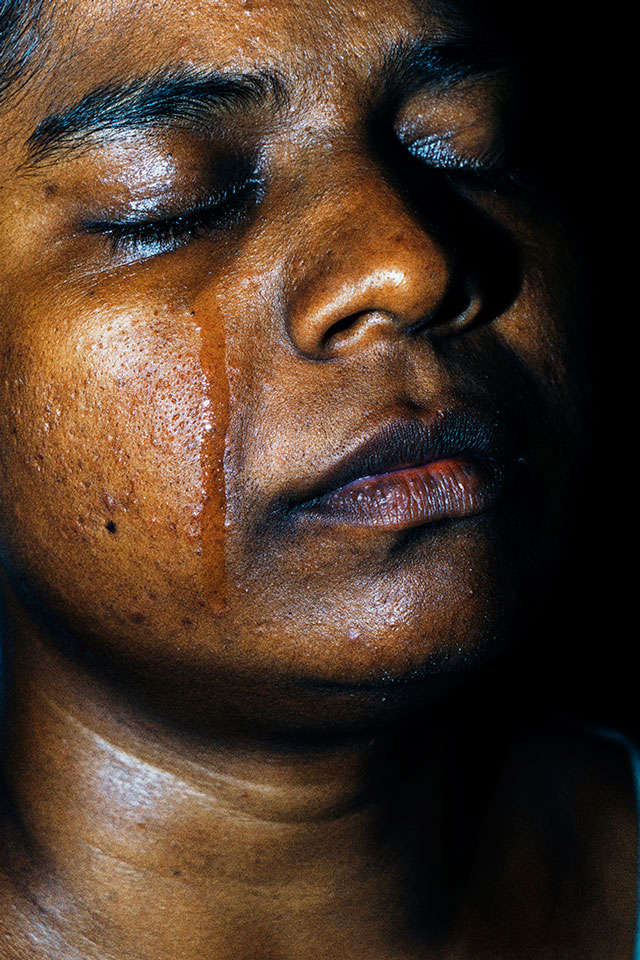
Sohrab Hura, The Coast, 2019. Image copyright Sohrab Hura.
SAT: You are one of the few artists I know who uses viral WhatsApp footage in your work, such as in The Lost Head & the Bird. As we know now, such videos are incredibly potent – they swing elections. It’s important for us to take them seriously, and to find ways to make new meanings of them, maybe?
SH: The Coast and The Lost Head & the Bird are long-term distillations that have happened in terms of where I lie with the image, and where the image lies within the larger world. There was a time when we would talk about iconic images. Now, it’s not about iconic images but viral images. These viral images and videos are not timeless – they just explode for that one brief moment of time. And they are specially created for that one moment, very often without an agenda, but many meanings are then assigned to them. They are a colloquial ecosystem of photography and film, and they are also the mainstream, as is social media. This colloquial ecosystem was influencing me when I was making the work. I think these viral images are far more dominant in contemporary visual culture. Something beyond us – and all our formal vocabularies – is happening. For us to take these images seriously, we also need to understand the system within which they operate today – this new economy of meanings.
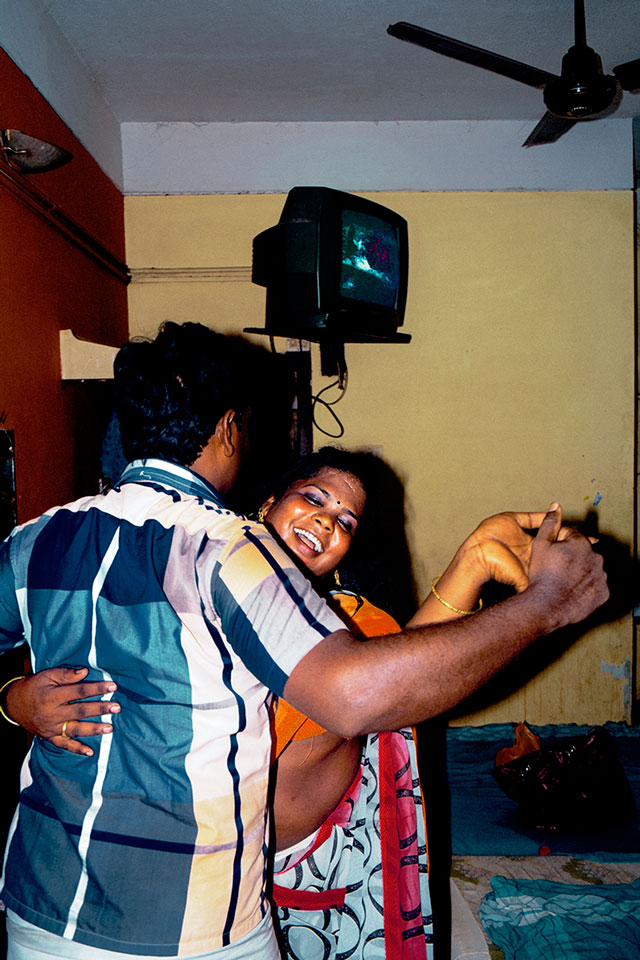
Sohrab Hura, The Coast, 2019. Image copyright Sohrab Hura.
With algorithms and AI now making most of these viral videos and images – and this is only going to get more prolific and perverse – I feel the future of photography lies in its glitches: as photographers, we will make mistakes, and accidents will happen, and these will help us remember that we are still human. We will need these glitches. These glitches are going to give us perspective, so photographers will need to be these glitches in the new image system.
With the work, I am amplifying the way in which we are already consuming information; I’m accelerating it. The pace, along with the quantity of images, affects how we consume images. Pace can also be violent because it does not let us make sense of the world. When I put my images out, there is a shift back to those initial transgressions; it also amplifies what happens in the making of the image. Before I try to accuse the world, or the larger system, I have to first recognise that I’m the one who is also adding to these transgressions in my own way.
SAT: In the subcontinent, given our caste and class privileges, there are always transgressions. When you add a layer of image-making to it, the power dynamic is further exacerbated. Where do you think we are at – in the subcontinent particularly – with negotiating the subject-photographer relationship?
SH: I realised something fundamental about photography when I was photographing my mother, or rather when I couldn’t photograph her in 2005, when I had just started working with images. I was photographing in villages, on assignments, and I realised that I could photograph someone else’s mother, but not my own. To photograph my own life, I needed to put myself in a vulnerable place. And I needed to do this first, before I was able to photograph elsewhere. One of the motivations to look inwards was also to earn my right to look outwards.
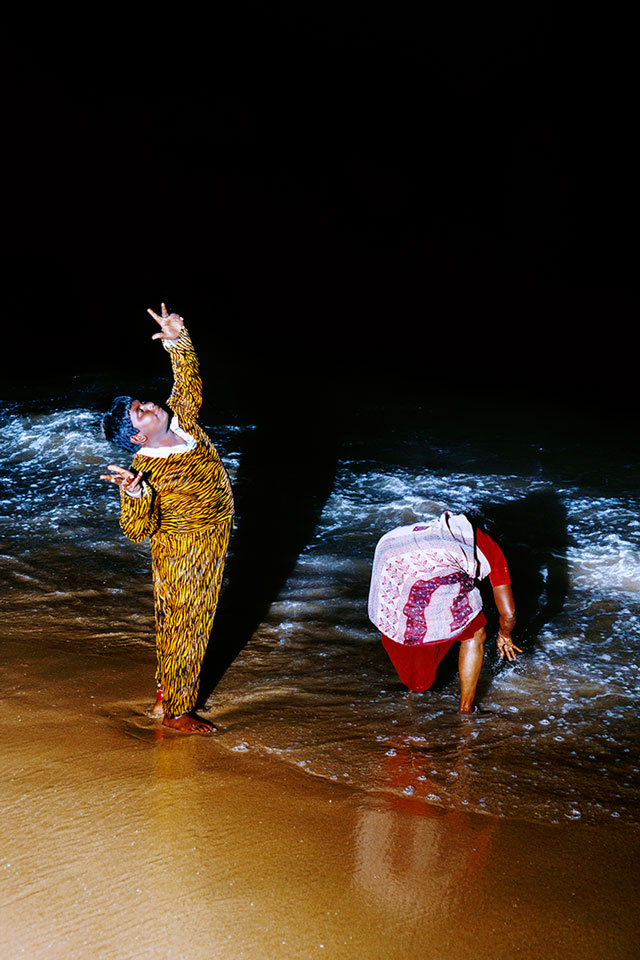
Sohrab Hura, The Coast, 2019. Image copyright Sohrab Hura.
In terms of the conversations happening in the subcontinent – I wish they were more complex. Very often, this void exists because of the photographer’s own reluctance to negotiate that relationship. When we talk about transgressions, for you it is the transgressions of caste, gender and socio-economic hierarchies, but I have to begin with the assumption that transgressions happen everywhere, at different layers – even in another individual’s space, someone who might be on a more equal footing to us. If the starting point is one where we assume this inherent burden of photography, maybe we can be even more conscious of transgressions when these hierarchies become sharper. Sometimes, young photographers react to such conversations and tell me that they feel what they are doing is wrong. Why? Because they are photographing “someone else”. They get so conscious of photographing others; they feel as if there’s something wrong in it. And it’s a very good dilemma to be in, if one can get out of it and find a way forward. I had been in this dilemma for a long time and I still keep getting stuck in it on occasions, and I think it’s very healthy to go through it.
Maybe my work will be considered problematic in time; maybe it already is. But I also know that my negotiation through it is more complex than just: “This is right, that is wrong.” All I can do is acknowledge my own role in my work. I am aware of this greyness everywhere, so, say, when I work in Kashmir, it is not my place to say that this is the story of Kashmir. All I can take responsibility for is to say that I went to Kashmir as an outsider and then work within those limitations and find meaning in that. My understanding of just how much of an outsider I was got stronger while I was there. This is the only thing I can take responsibility for – my own relationship with the world I’m in.
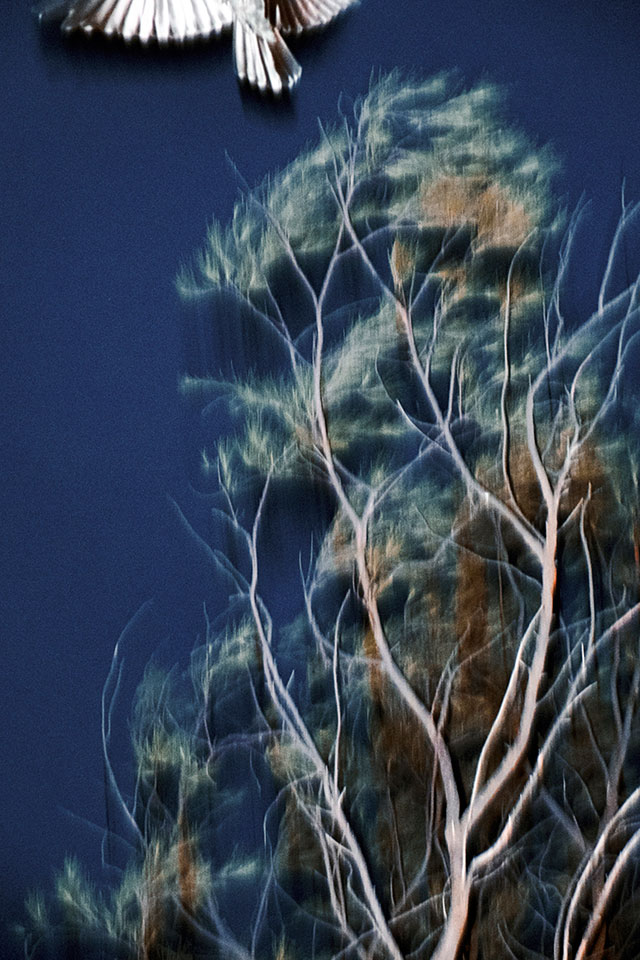
Sohrab Hura, The Coast, 2019. Image copyright Sohrab Hura.
SAT: Conversations about representation often end up being moralistic, as you say, with people defining what the “right” kind of work is, and what is “wrong”. Admitting you are an outsider is, of course, the first step, as is making your own position vulnerable. But what about the way the work is disseminated, the way it is seen or the infrastructure that supports it? It makes me think of a line from a recent piece in Artforum that really sparked off the Whitney Biennial protests: “Now the highest aspiration of avowedly radical work is its own display.”
SH: Yes, I totally agree. I would say that my work fails because it is often limited to this bubble of arts and photo infrastructure. It doesn’t live up to the urgency that it sometimes wants to put forward.
Representation sometimes gets looked at in such an incomplete way. Often, for us to even consider representation, it takes work that is ugly and uncomfortable in its visual presence. Works that are aesthetically pleasing often pass without critique because they appease the arts infrastructure and they appease us. It’s as though we only critique work that photographs people in a way that we wouldn’t want to be photographed ourselves: this is completely understandable, but the politics of images work in the opposite way, too. Representation is a very colonial idea, of course, because, throughout history, it has been the colonisers who represented the colonies. Now, criticism of it has come up within the colonisers’ discourse, who might feel guilty about this history.
When we talk about representation here, in the ex-colonies, it’s also very often people like you and me, people who have power within our subcontinent’s hierarchies – who are taking the photographs, who are representing other communities, or who are consuming them, who are talking about what is right or what is wrong. I don’t think that, in this economy of representation, we ourselves are giving space for the represented to tell us how to represent them or not to represent them at all. It’s good to also ask ourselves what we are actually questioning first. Does the work make us question at all what it’s showing us, or is it making us question how that person, community or situation is being photographed. How do we then weigh the two questions? Is our response also coming from that same guilt? Are we ourselves becoming the colonisers who once colonised us? We need to consider and reconsider the meaning of images, both as makers and consumers of images, at every stage of their existence.
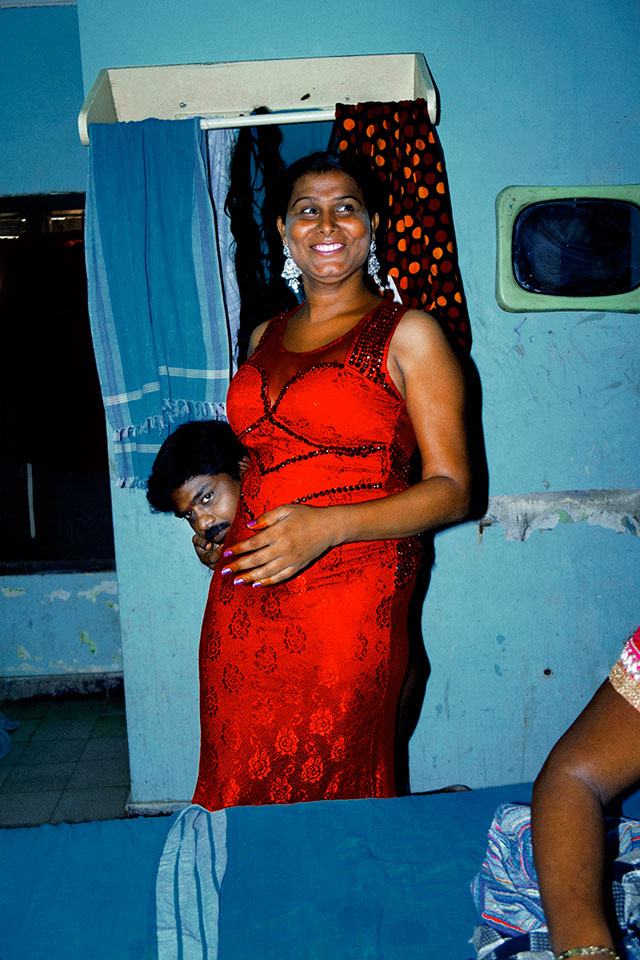
Sohrab Hura, The Coast, 2019. Image copyright Sohrab Hura.
SAT: I wonder if one way to subvert the simplistic – and moralistic – critique is for us, as cultural practitioners, to be more vulnerable about our process, rather than centre everything on the vulnerability of the subject, to implicate ourselves further in what we do, and be clearer about how we do it.
SH: Definitely. The clarity of my own position is most important to me, which is why a lot of my works – even though they take time – keep changing. The more I dig and search, the more layers come up that I want to bring in. The best way to describe the way I work would be: I begin by keeping myself in a dark, blacked-out room, and I’m trying to find my way in that room. I can touch the walls and I can feel the room. This darkened space also makes me doubt my touch and that might make me touch the corners of the walls again, just to be sure. This gives me more of a sense of a personality of the room than if I had the light switched on, where I can see everything and won’t be able to look beyond.
A lot of my works begin in this darkened space, where I don’t know what I’m doing. Then, little by little, I try to make sense of whatever I am experiencing. I need this back and forth conversation with my own work to find clarity. I guess, in a way, my relationship to the subject is always playing catch-up with my own relationship to the work. Even in the end, some of that doubt always remains. I can never take my own clarity for granted.
We also exist in relation to the noise or the silences around us and that balance constantly shifts with time. I may have been sensing an ecosystem within which my life could exist, both politically and artistically, but I’m also seeing a clamping down on dissenting voices. Maybe that is one of the reasons why my work has shifted to what it is today, which is more about metaphors. It’s not just that I’m changing as a photographer, I feel I’m also being squeezed out of a more direct, confrontational space and I’m finding another way to get around to doing what I want to do in this new environment.
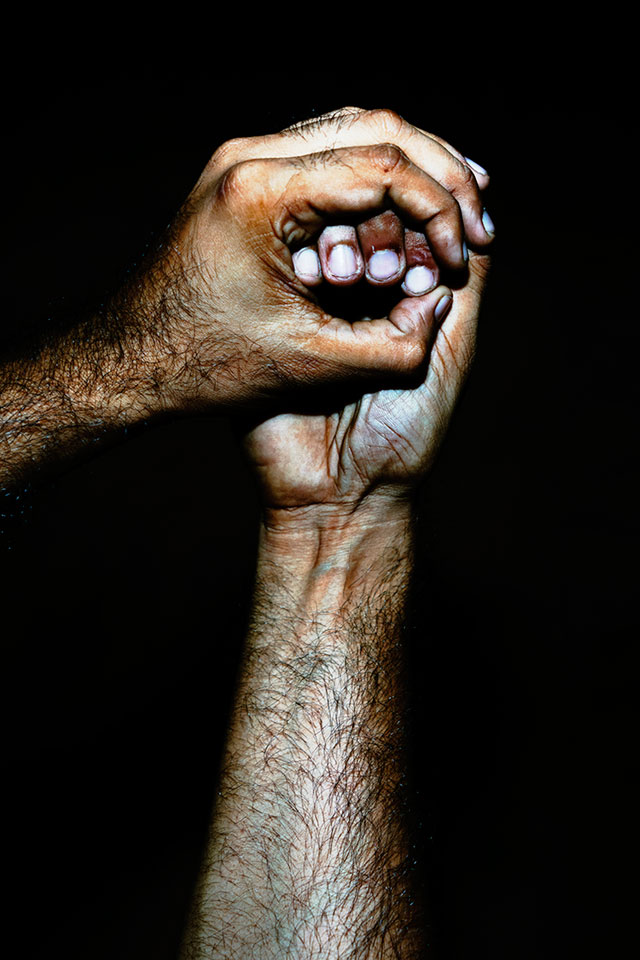
Sohrab Hura, The Coast, 2019. Image copyright Sohrab Hura.
Maybe I see myself more as a historian today; I’m marking things as I see them happen. I’m aware that hardly anybody gets to see this work, and I don’t want to be under the delusion that my work is going to make “a difference”. When I first made work, that was the intent, I wanted to make a difference. Today, I see how a lot of histories are being whitewashed and it’s these histories that I am interested in, and which I’m trying to put my perspective on. There is something quite calming about doing something that is insignificant, something that might live or might not live – and you’re just doing it because you need to, and that’s it.
• The Coast, self-published on Sohrab Hura’s own imprint, Ugly Dog, is out now.